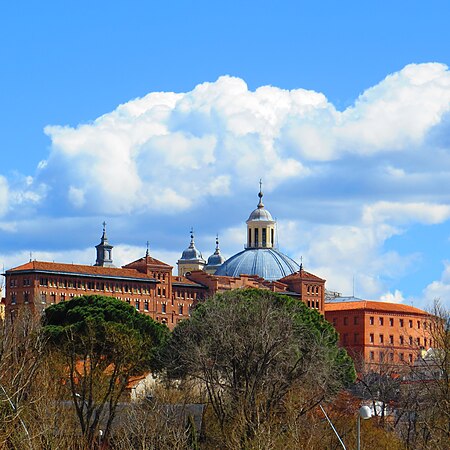San Damaso Ecclesiastical University

The San Damaso Ecclesiastical University is a catholic university erected by the Holy See in the Archdiocese of Madrid (Spain). It teaches Philosophy, Theology, Classical Philology, Canon Law and Religion Sciences with official validity in all the universities of the Catholic Church. Its name is taken from the Pope Damasus I. It is located in the center of Madrid, in Spain, next to the famous basilica of San Francisco el Grande and contiguous to the Conciliar Seminary of Madrid, where is the headquarters of the library and the Faculty of classical and Christian Letters. Under the motto "Veritatis Verbum communicantes", the University performs a task of training aspirants to the priesthood or other forms of consecrated life, although it is open to anyone who wants to deepen scientifically and rigorously in the Catholic faith. In addition, he actively collaborates in different educational programs of the Archdiocese of Madrid, such as the permanent formation of priests and the School of pastoral agents.
Excerpt from the Wikipedia article San Damaso Ecclesiastical University (License: CC BY-SA 3.0, Authors, Images).San Damaso Ecclesiastical University
Calle Jerte, Madrid
Geographical coordinates (GPS) Address Nearby Places Show on map
Geographical coordinates (GPS)
| Latitude | Longitude |
|---|---|
| N 40.411019444444 ° | E -3.7155916666667 ° |
Address
Facultad de Teología San Dámaso
Calle Jerte
28005 Madrid (Centro)
Community of Madrid, Spain
Open on Google Maps









